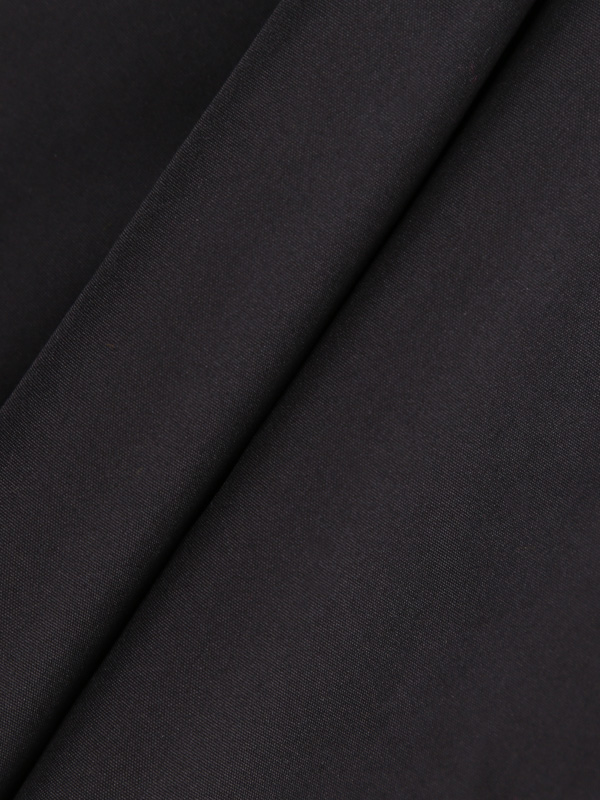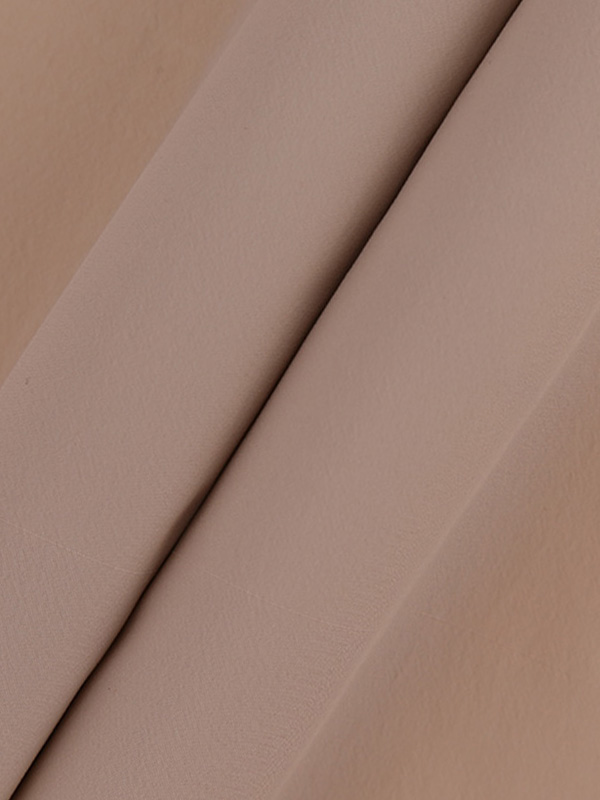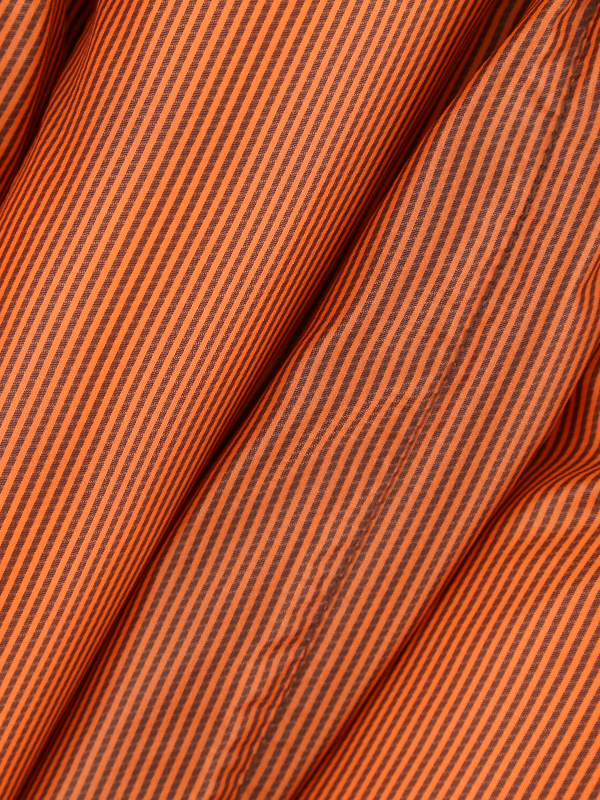What are the main functional fabrics of functional fabric manufacturers
1. Super waterproof fabric
Ordinary raincoats can be waterproof, but have poor air permeability, which is not conducive to perspiration.
The moisture-permeable waterproof fabric uses the difference in the size of water vapor particles and raindrops to attach a porous structure film with a pore size smaller than raindrops on the surface of the fabric. Raindrops cannot pass through, but water vapor and sweat can pass through, which is conducive to ventilation.
2. Flame retardant fabric
Ordinary fabrics will burn when exposed to fire, while flame-retardant fabrics use polymer polymerization, blending, copolymerization, and composite spinning of flame retardants to make the fibers have permanent flame-retardant properties.
Flame-retardant fabrics mainly include: aramid, flame-retardant acrylic, flame-retardant viscose, flame-retardant polyester, smoldering vinylon, etc. It is suitable for making protective clothing for metallurgy, oil field, coal mine, chemical industry, electric power and fire protection industries.
3. Color changing fabric
The color-changing fabric is made by encapsulating the color-changing material in microcapsules and dispersing it in the resin liquid and coating it on the cloth surface. The clothing made can change color with the changes of light, heat, liquid, pressure, electronic wire, etc. Generally, traffic suits and swimming suits are made to play a role in safety protection, and stage costumes can also be made to play a colorful effect.

4. Antistatic fabric
The method of hydrophilic finishing or adding conductive fibers makes the fabric conductive. This kind of fabric is not easy to absorb dust and antistatic, and is very suitable for making carpets and special work clothes such as dust-proof clothing.
5. Insulation fabric
Using zirconium carbide compound particles added to nylon and polyester fibers, it can efficiently absorb solar energy and convert it into heat, that is, far-infrared heat preservation. Suitable for making clothing in cold environments.
6. Anti-radiation fabric
Contact with mobile phones and computers in daily life will inevitably worry about radiation. Are there any radiation-proof fabrics?
7. Antibacterial and deodorant fabric
The traditional method is to use post-treatment technology to add antibacterial agents to the fabric through the subsequent shaping process of the fabric. However, an increase in the number of garment washings will reduce the antibacterial effect.
The silver ion fiber used now is a kind of functional fiber made by high-tech processing of antibacterial silver materials, melted into the spinning melt, and then spinning. The human body is safe and harmless.
8. Far-infrared functional fiber fabric
It has excellent health care, physical therapy, moisture removal, ventilation, and antibacterial functions. It can absorb the heat emitted by the human body, absorb and emit the far infrared rays that the human body needs most, promote blood circulation, and have warmth, antibacterial, and physiotherapy effects. Mainly made into underwear, pants, cushions, etc.


 English
English Chinese
Chinese



